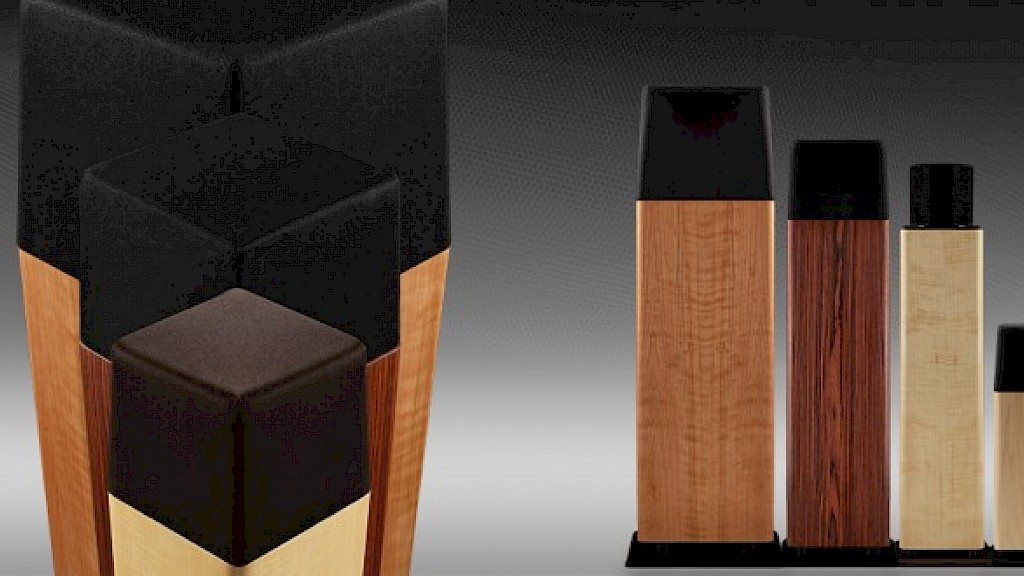How Do I Know When to Upgrade My Speakers or My Whole System?
It may be a fact of the human condition that over time we grow tired of things that seemed not merely all right, but downright wonderful when we bought them. Some items wear out like a favorite pair of shoes; others become too expensive to maintain, like a serviceable automobile.
For the serious audiophile, familiarity with an audio system does not breed contempt so much as the desire for something better. And that tends to happen regardless of initial price of the audio system.
So, what to look for in the quest for “better”? And that depends on where you perceive the deficiency to be. If you want more detail, a wider “sweet-spot,” more natural voices, deeper bass, wider dispersion or just better sound, the speakers will usually make the biggest change for the bucks invested.
On the other hand, if you just want “louder,” an amplifier change may be in order. If your current amplifier sounds harsh, hard or is fatiguing over time, particularly in the loudest passages, it is probably being overdriven and distorting.
There is the famous (or infamous) riff in the movie, “This Is Spinal Tap” about the amplifier that goes to “11.” When using a CD or DVD as a source, most home amplifiers get nowhere near there. Typically, home theater system amps distort at around a digital “0” setting or 1 o’clock on the pre-amp’s rotary knob. If you’re playing music or a movie at those levels and are frequently driving the amp into distortion, a bigger amp should solve the problem.
But, if you’ve got a distortion problem much below those settings, it’s time to look at a speaker upgrade. Likewise, if the problem continues or gets worse with a more powerful amplifier, the speaker is your likely culprit.
Of course, there’s another circumstance other than rising expectations and component failure that can provoke an upgrade – a technology leap requiring greater capability. HD audio, for instance, is targeted at audiophiles and engineered for the highest quality playback systems, while much of today’s musical offerings are designed for playback on an iPod-type device. In addition to a quiet listening area, HDA requires amps and speakers with extended dynamic range and improved resolution at all levels.
And there seems to be a hunger for these kinds of products. Neil Young is not only a musical genius, but a business shrewdie as well. His Pono Music HD http://www.ponomusic.com/#message device raised a total of more than $6 million from more than 18,000 backers on Kickstarter.
Pono and HDA, like all technological advances in the world of creative art can be a mixed bag. High-quality recording and reproduction is no guarantee of great art; merely a more accurate representation of the music. Many years ago, a really good dentist told me, “A good dentist can do good dentistry with the back of a chair. It’s nice to have the latest and greatest, but the real skill is with the practitioner.”
That is why many of us still cherish our “old technology” recordings on LPs – mono and stereo – as well as a few treasured 78s that have not been transcribed to modern media. It’s the human factors, performance and engineering, that bring the pleasure, not the technology.
Enjoy & Good Listening!
John
Subscribe to Ohm News & Views to get the latest posts in your inbox
John Strohbeen Author
John Strohbeen was the President and Chief Engineer of Ohm Acoustics from 1978-2023.


